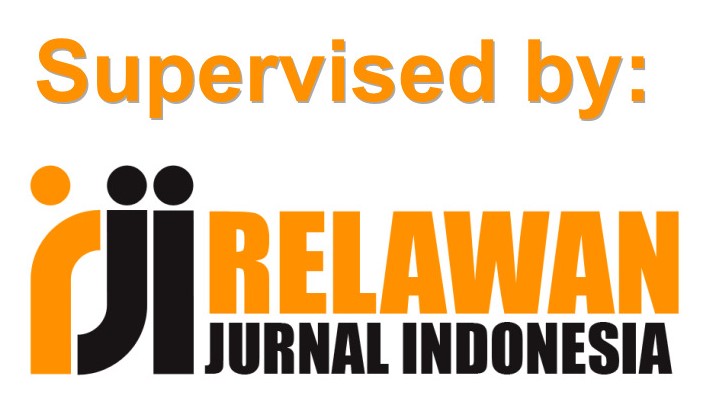Faktor-Faktor Yang Berhubungan Dengan Kejadian Ikterus Pada Bayi Baru Lahir Di Rsia Budhi Asih Purwokerto Tahun 2021
DOI:
https://doi.org/10.55173/nersmid.v6i2.157Abstract
Neonatal jaundice is a complication of infection in newborns which is characterized by high serum bilirubin levels of >5 mg/dL. The incidence of jaundice in newborns can cause several problems in infants so it is necessary to properly and correctly manage jaundice in newborns through a systematic management approach taking into account the risks and influencing factors. The aim of this study was to determine the factors that influence the incidence of jaundice in newborns at RSIA Budhi Asih Purwokerto in 2021. This research is an analytical survey study with a retrospective approach. The sampling technique was total sampling with a total of 227 medical record data for all newborns with hyperbilirubinemia at RSIA Budhi Asih in 2021. The research instrument used a checklist sheet. The results showed that the characteristics of jaundice in newborns based on the degree of kern were mostly in the IV category (63%), the factor of the type of delivery with jaundice had a p-value of 0.707, the factor of birth trauma with jaundice had a p-value of 0.394, the factor of gestational age with the incidence of jaundice has a p-value of 0.000, the factor of birth weight with the incidence of jaundice has a p-value of 0.000 and the factor of history of asphyxia with the incidence of jaundice has a p-value of 0.028
Downloads
Published
Issue
Section
License
Copyright (c) 2023 Rian Andan Dewi, Sawitri Dewi

This work is licensed under a Creative Commons Attribution-ShareAlike 4.0 International License.








